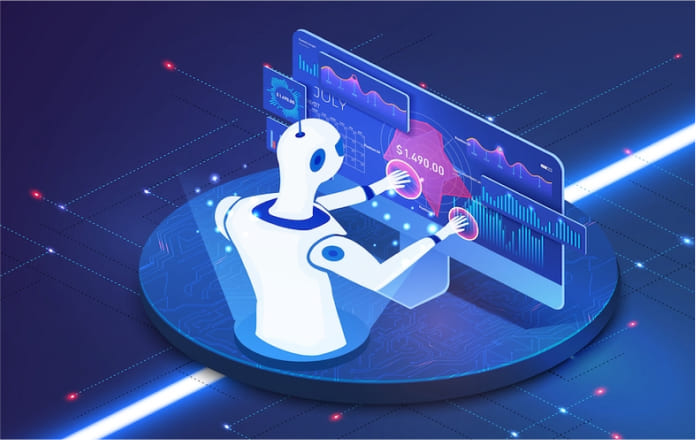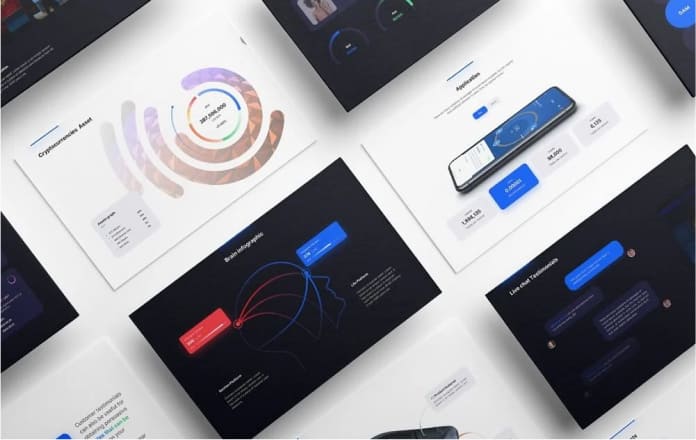
Automating the generation of product descriptions using Catalog Images
Occupy the word smiths with writing to inspire! AI description
generators can
handle the rest.
The idea was to be able to generate copies, track the resultant customer engagement with the product and continuously improve the copy to create higher interaction and sales. All without having to train human writers in the company’s preferred style of writing the descriptions.
A leading name in e-tailing of fashion apparel and shoes.
Work Requirement: Wanted help in creating an AI description generator for product descriptions and feature listings on its website.
Reduce the time, effort and copy writing errors inherent in its manual process.
The automated approach reduces the manual effort required to generate, validate and check the product descriptions. Moreover, it ensures that the resulting copy doesn’t have any grammatical or spelling errors. A trained NLP model generates the descriptions using only the product images as inputs. It detects the key features of the product and describes them appropriately.
The model has been trained to generate different types of copy for the product. The AI description generator can create a product’s name, a short description, and a longer description that builds on top of the short description by elaborating on the different elements captured in the short description. This ensures that all product-related copies on the site are generated automatically. Consequently, it helps increase the speed with which the client can refresh his online inventory.


As the model was trained on the existing samples of the merchant’s product descriptions, it ensured that the automated descriptions matched the merchant’s style guide and brand positioning. This AI-powered solution reduced the time and effort spent on onboarding new copy writers. Existing manpower was deployed for reviews and to generate copy for products that the model wasn’t yet trained on.
Here is the technology we applied to conceive the best AI Description Generator.
A bespoke deep learning model, pre-trained on ImageNet, was used to learn the product descriptions associated with product images.


NLP was leveraged to learn to describe the extracted product features and stitch together the feature descriptions into the product copy.
The resultant model was deployed to the customer’s on-premises infrastructure and the generated alerts, and dashboard graphs were pushed to a React-frontend website, deployed on the cloud.

Experience
the Next-Level Potential of
Human and Machine Intelligence